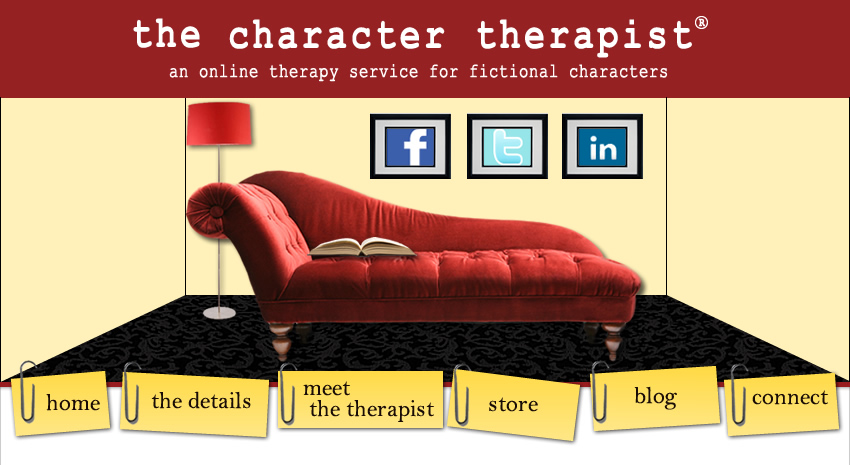Storybears Technique
Credited to: Creative therapists utilizing Melissa and Doug toys
For use with: Children; Especially effective with children with both maternal and paternal roles filled in their lives
What you will need:
Melissa and Doug Family Dress-Up Puzzle
The therapist introduces the little wooden box with three sets of puzzles, one for the "papa," one for the "mama," and one for the little guy/girl. They come with corresponding shapes on the back of each piece so you know this head belongs in the "father" pile because it's got a triangle on the back or this set of feet belongs with the "mother" because it's got a tiny circle on the back.
I usually explain that I want us to tell each other a story (also called mutual storytelling), and I'll sometimes begin the storytelling if the child is at all apprehensive or unsure of themselves, generally picking a story that corresponds to something I know the child is going through.
Each puzzle comes with a variety of outfits (like pajamas, swimsuits, work clothes, baseball outfits, etc) that the child can mix or match, but the most important thing is the faces. There are 6 faces that depict varying emotions of joy, contentment, sadness (with tears and usually accompanied by a bump on the head or a thermometer), disgruntled (mildly displeased expression), angry (very obviously mad expression), and sleepy (eyes closed). Of course, any expression could be interpreted in any way the child wants.
I will let the child put all the pieces together on the top of the puzzle box (they fit in grooves) before listening to their story (or telling mine).
Purpose:
Children are free to express what is going on in their own family through telling a story about the bears, which removes the personal element and frees the child to be as detailed or honest as they want without fear of repercussion for talking directly about his or her family.
When the therapist picks a very relevant story to the child's current situation, the child will many times nod that they felt the same way, identifying with the child bear, or that their own father acted the same way the bear's father acted in my story. Then this opens up the session for further discussion about what the child did or how he or she felt.
I will also allow the child to change out the bear faces (or outfits) to make the scenario something he or she would like better, to end on a hopeful note. I might share this information with the parents later if I think it might help.
Another great reason for doing this with young children is to aid in emotional recognition. I will leave out the storytelling element altogether and just have the child play with the puzzles, commenting on each face and the features that indicate what the bear might be feeling. I can even have the child practice these same features utilizing a mirror and modeling a smile or angry look myself.
Hope this helps makes those therapy scenes more realistic!









3 comments:
I bet most of the kids have a good time in these sessions! But what do you do when you have a little person who just can't/won't go along?
i usually have something else up my sleeve. i like to use the if-then rule, as well. "if you do storybears with me, then we can play with whatever you like for the rest of our time." this rewards them in their mind. lots of therapy is actually playing with the child. i'd say you're lucky if 50% of the billable time is doing something directly "therapeutic."
This is such a cool concept. Love it.
Post a Comment
Both comments and questions are welcome. I hope you enjoyed your time on the couch today.